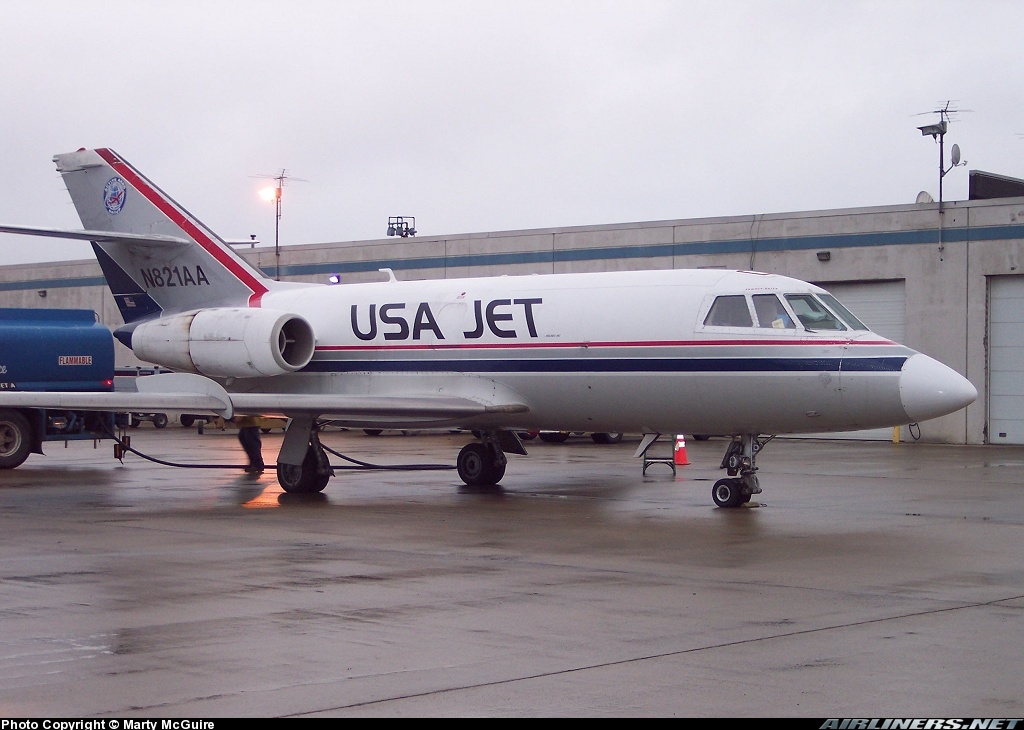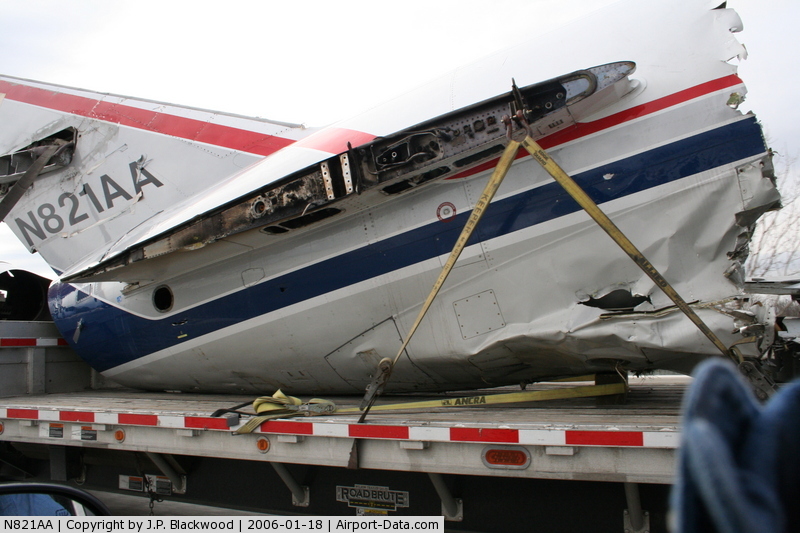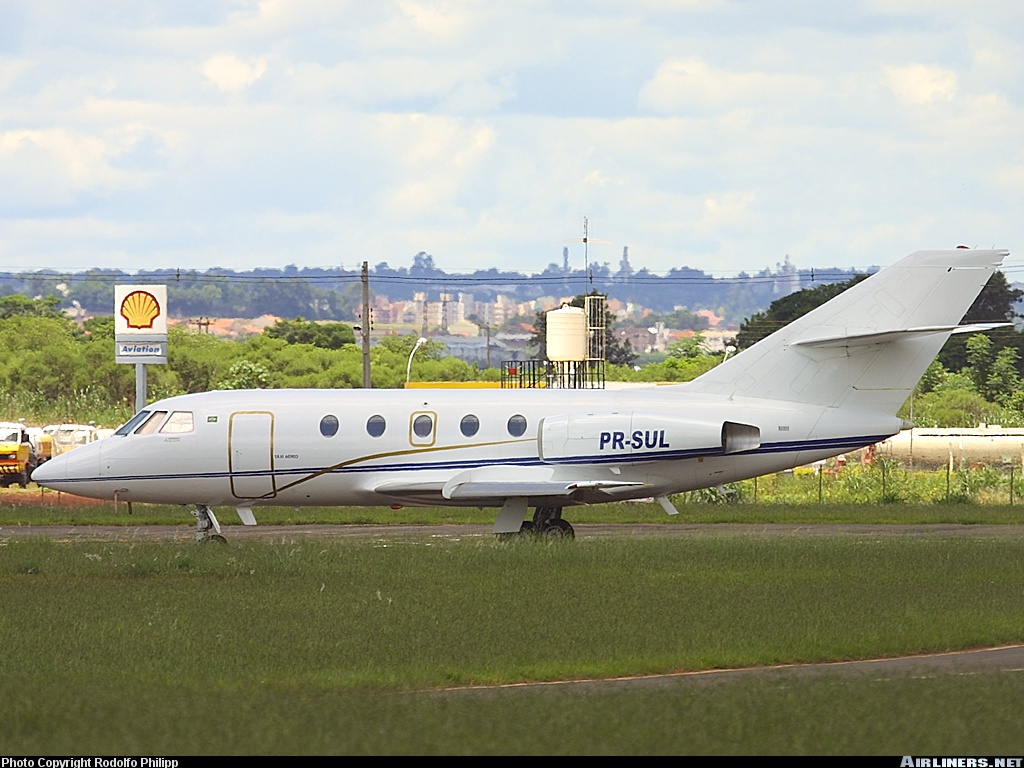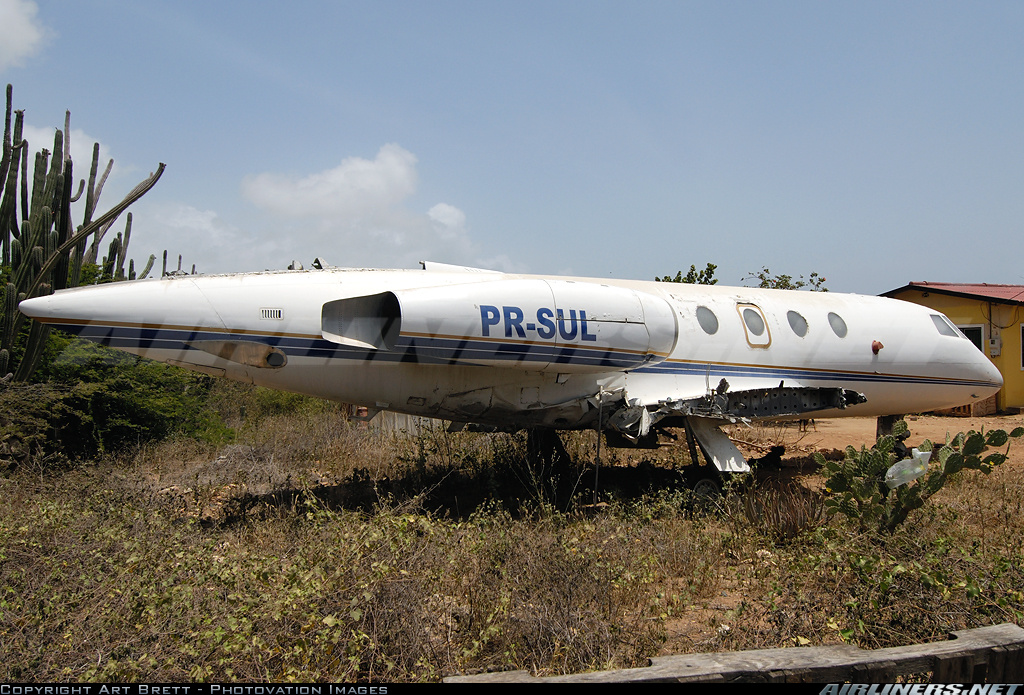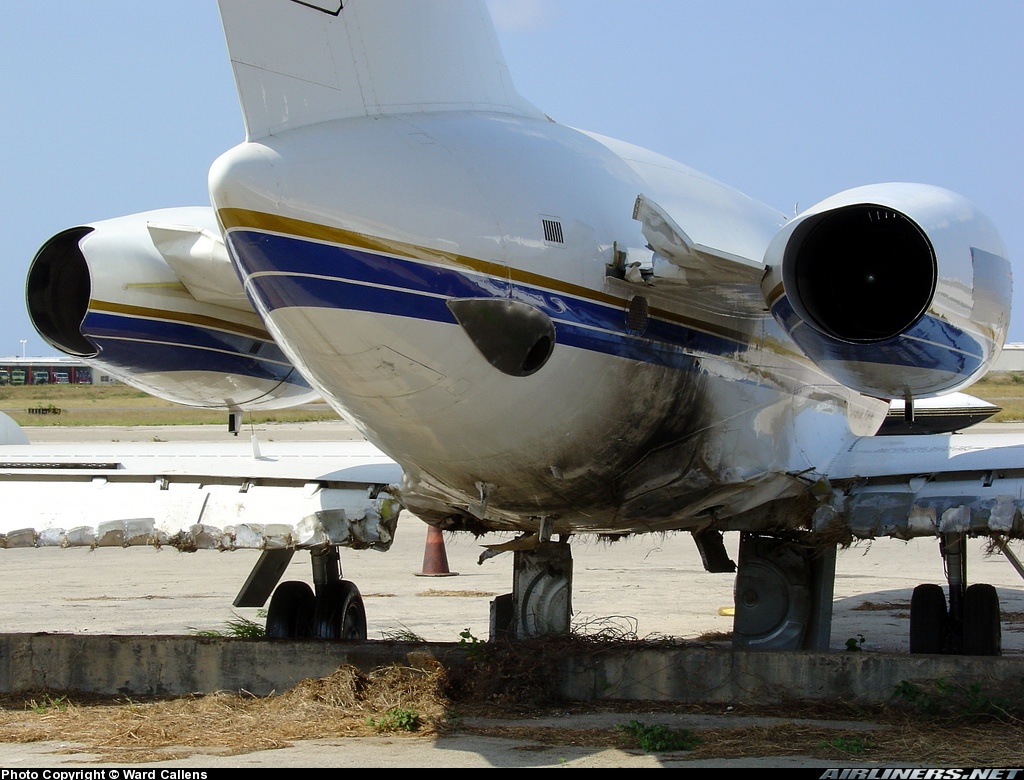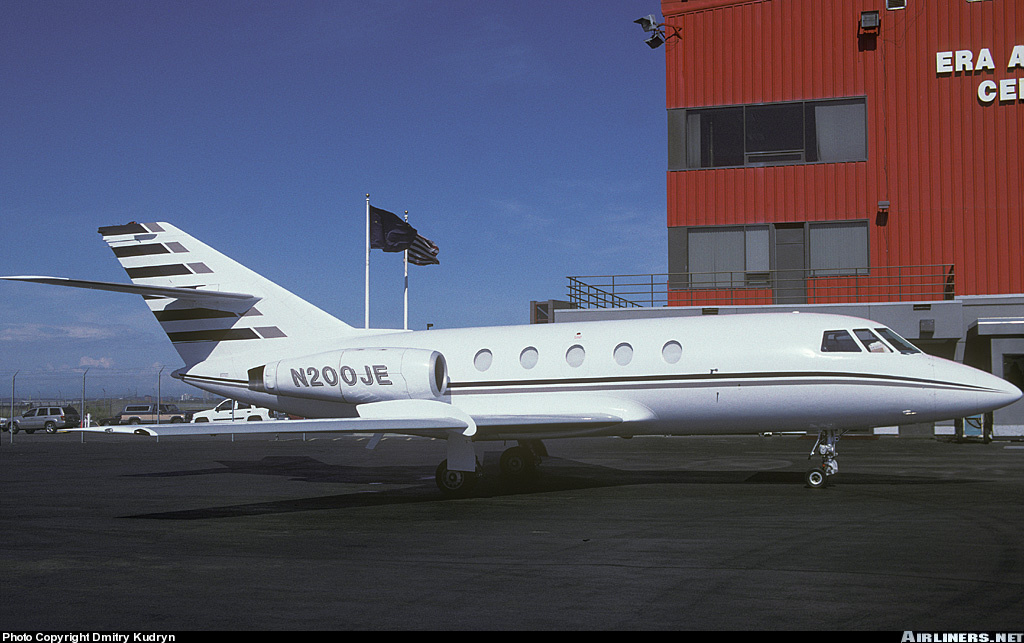Crash of a Dassault Falcon 20D-5 in Lorain
Date & Time:
Sep 1, 2005 at 1950 LT
Registration:
N821AA
Survivors:
Yes
Schedule:
Lorain - Saint Louis
MSN:
203
YOM:
1970
Flight number:
JUS821
Crew on board:
2
Crew fatalities:
Pax on board:
0
Pax fatalities:
Other fatalities:
Total fatalities:
0
Captain / Total hours on type:
639.00
Copilot / Total hours on type:
193
Aircraft flight hours:
16970
Circumstances:
The small, twin-engine business jet was about 15 feet above the runway on takeoff, when a flock of birds from both sides of the runway flew up in front of the airplane. The number two engine "surged," and "loud reports" were heard before the copilot noted a complete loss of power on the number two engine instruments. The airplane climbed for about 10 seconds, before the copilot observed the gas producer (N1) gauge on the number one engine decay through 50 percent. The stall warning horn sounded, and the pilot adjusted the flight controls for landing. The airplane contacted the runway with the landing gear retracted, overran the runway, struck a fence, crossed a road, and came to rest in a cornfield about 1,000 feet beyond the initial point of ground contact. Post accident examination of both engines revealed evidence and damage consistent with multiple bird ingestion.
Probable cause:
The ingestion of multiple birds in each engine at takeoff, which resulted in a complete loss of engine power.
Final Report:
